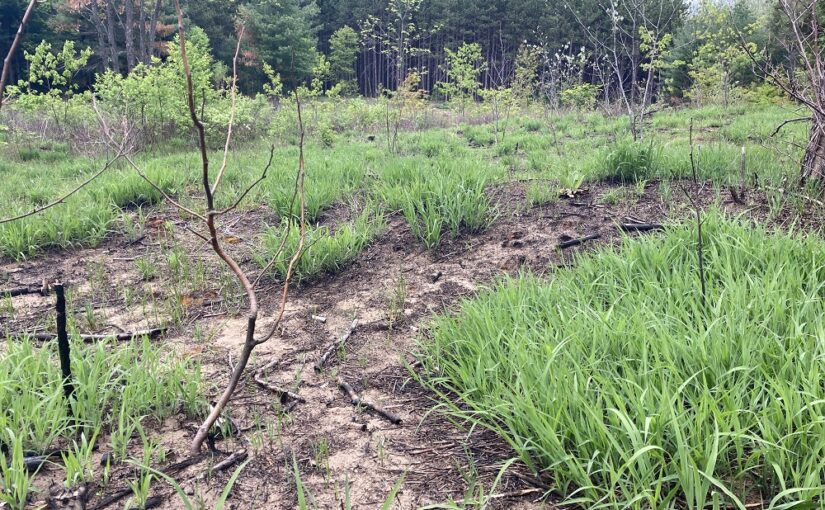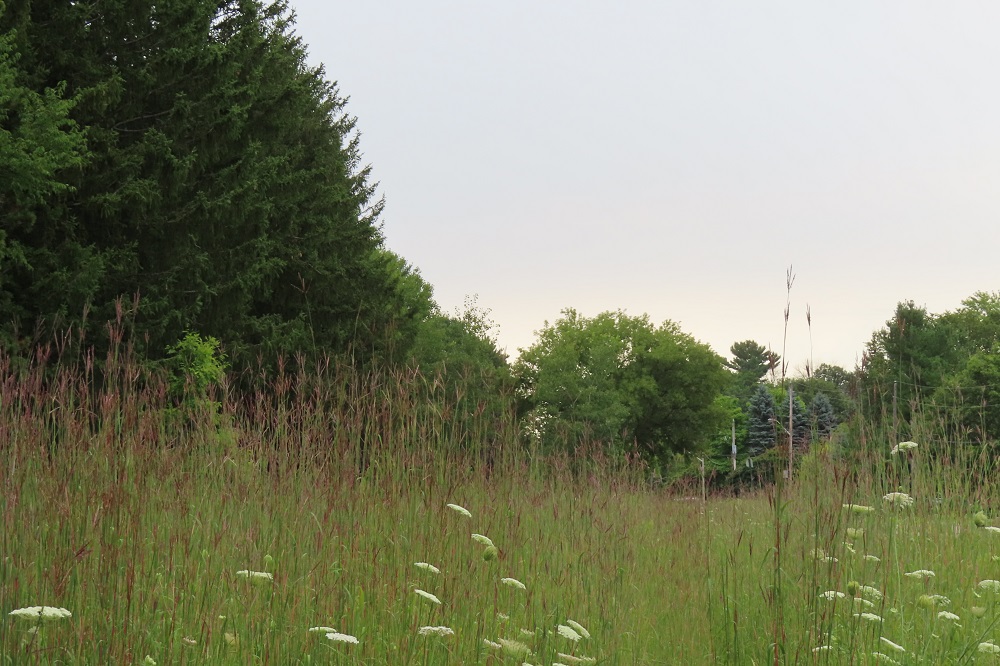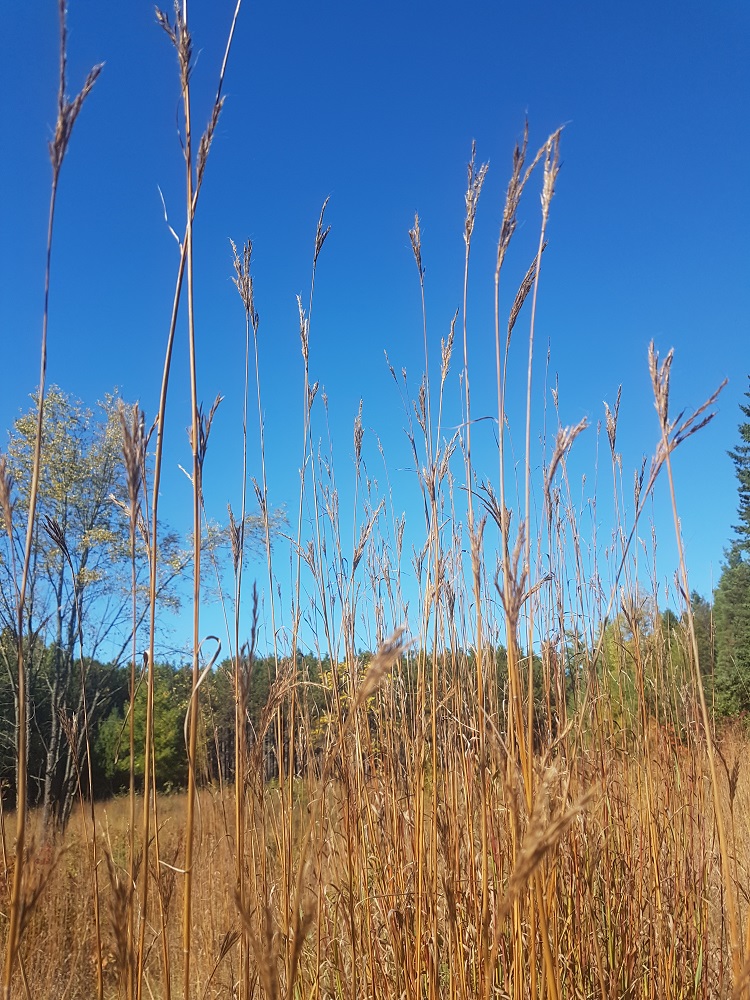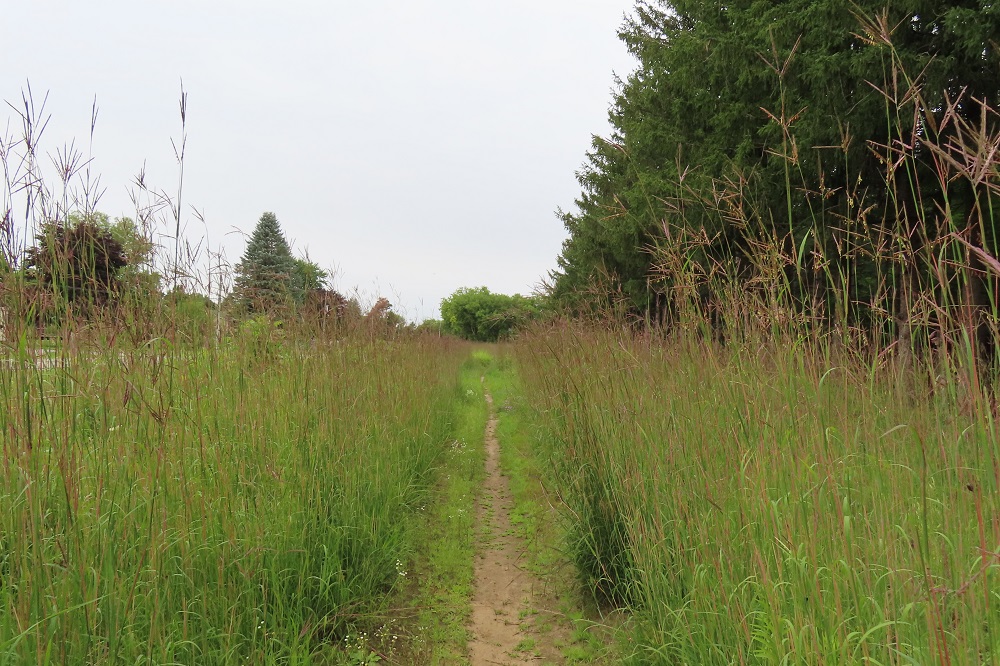Today’s post comes from Laura McClintock, a senior park naturalist at Sibbald Point Provincial Park.
Tucked away in a neighborhood an hour north of Toronto lies a sliver of one of the rarest ecosystems in Ontario.
Holland Landing Prairie Provincial Park is part of the last 3% of tallgrass prairies left in our province.
The prairie at Holland Landing has changed a lot over time and we’re excited to share with you the changes the provincial park will be going through in the future.
But first, what’s so special about a prairie anyways?
Prairie rarities
Holland Landing Prairie is an example of a tallgrass prairie, which is an ecosystem that mainly features wildflowers and grasses that thrive in sandy soil, and are tolerant of droughts and wildfires.
Tallgrass prairies are open spaces with trees and shrubs growing sparsely. Due to these growing conditions, specialized species of plants make up the grassland community.
A few indicator species of a tallgrass prairie are:
- Little Bluestem (Schizachyrium scoparium)
- Big Bluestem (Andropogon gerardii)
- Butterfly Milkweed (Asclepias tuberosa)
- New Jersey Tea (Ceanothus americanus)
- Showy Tick Trefoil (Desmodium canadense)
These plants grow in the park’s prairie sections.
The unique combination of flowers and grasses provide food, habitat, and shelter for the birds, insects, and other animals that call the prairie home.
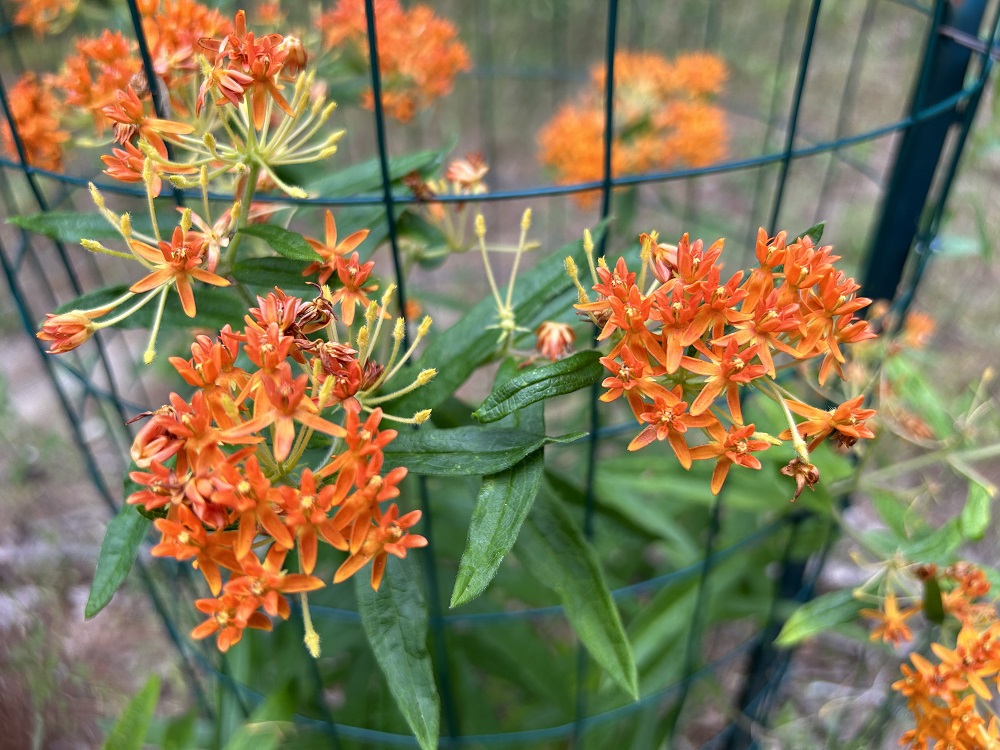
Tallgrass prairies support a variety of species — including species at risk — such as Monarch Butterflies, as well as grassland species of birds such as Savannah Sparrows, Eastern Meadowlarks, and Indigo Buntings.
A prairie misunderstood
At one point, there were many prairies across Ontario. Today, however, they have all but disappeared.
For the prairie at Holland Landing, settler activities over the last hundred years were the driving force that made the grasslands vanish.
Settler communities cleared the prairie for farming, but the soil was very sandy and loose, and eroded away.
While grasses like Big Bluestem prevent erosion with their long root systems (up to 2 m long!), settlers weren’t aware of this and saw the plants as worthless.
Instead, pine trees were planted as wind blocks to stop erosion. The trees shaded out any remaining native wildflowers and grasses as the pine plantations took hold.
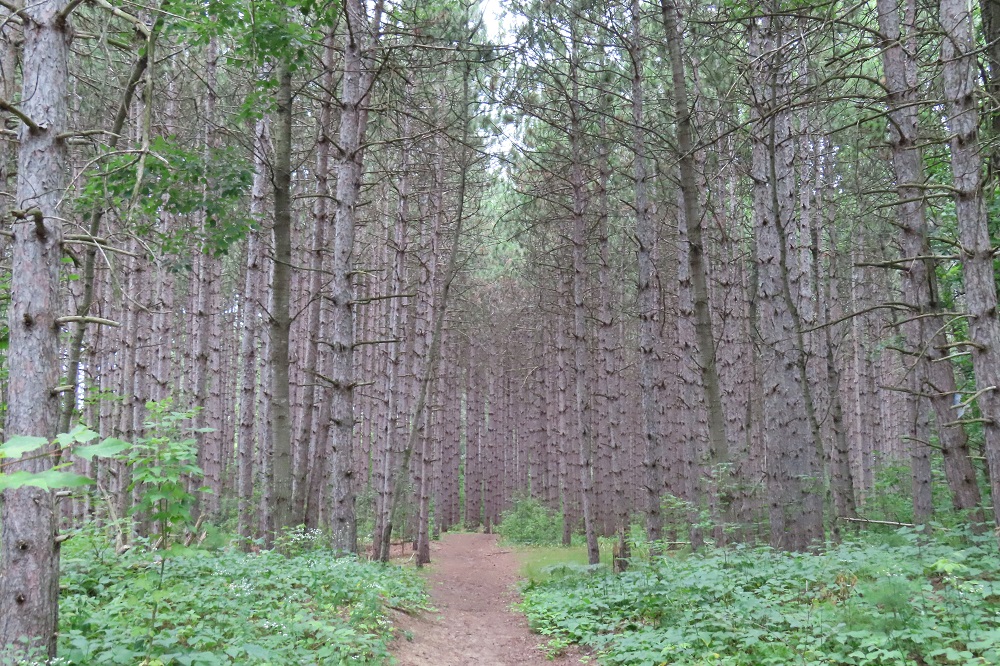
Continuing development of roads and neighborhoods left just a small portion of the ecosystem historically found at Holland Landing, but there is hope for this resilient prairie.
The restoration process
Restoring the Holland Landing Prairie will take a lot of work, and it won’t always be pretty.
Park regulars may notice some changes in the park this fall that may initially be a little jarring.
Letting in the sun is key for the survival of this habitat, which we plan to address in two ways.
First: unaware of the significance of this ecosystem, pine plantations were planted and divide the remaining sections of prairie.
Sections of the plantations will be cut to connect the pockets of prairie, creating one continuous ecosystem and preventing native flowers and grasses from being shaded out.

Second: prairies are made up of grasses and wildflowers that, due to their deep root systems, thrive in the face of wildfires.
The deep root systems survive during fires, with just the dead plant matter above the surface burning. Prescribed burns of low intensity fire return nutrients to the soil and let sunlight penetrate new shoots.
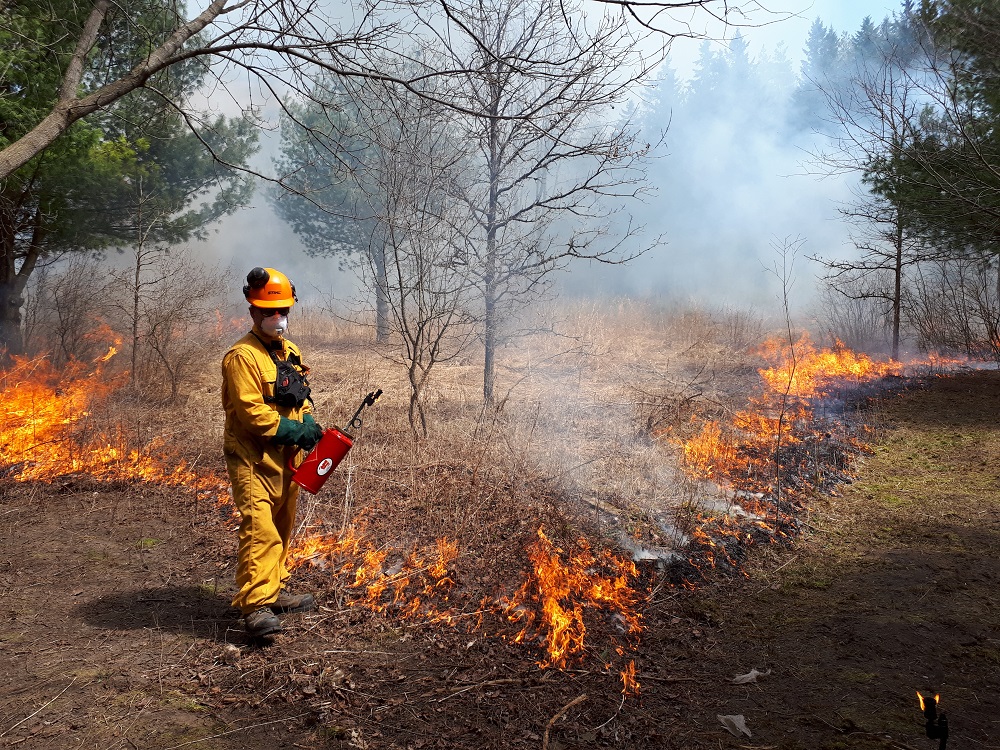
Through these practices, we will be able to restore crucial habitat for the unique plants and animals that make up the tallgrass prairie community.
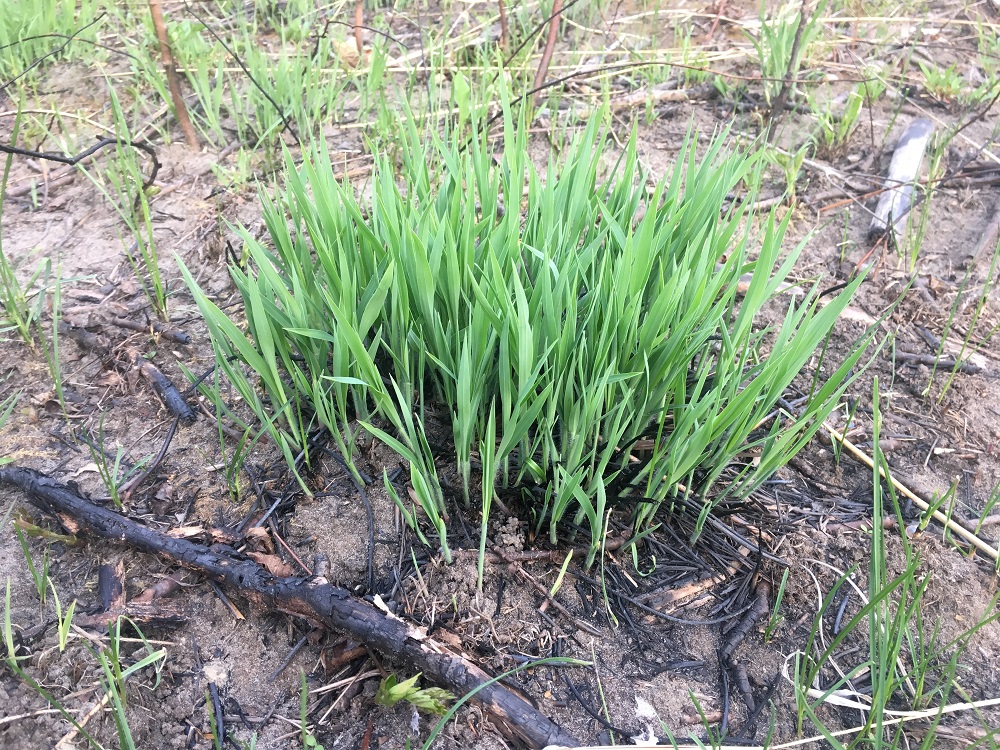
Wondering how can you be a good steward?
With your support, we hope Holland Landing Prairie can flourish for generations to come.
Please remember when visiting that you’re entering a sensitive habitat.
Be a champion of restoration by staying on trails, keeping dogs on leash, refraining from the use of motorized vehicles, and leaving the prairie cleaner than you found it.
The restoration process kicks off this fall with the project extending over a longer period. While this work is taking place, please obey all signage and any closures posted.
We hope you visit this unique ecosystem and enjoy your time at Holland Landing Prairie!
